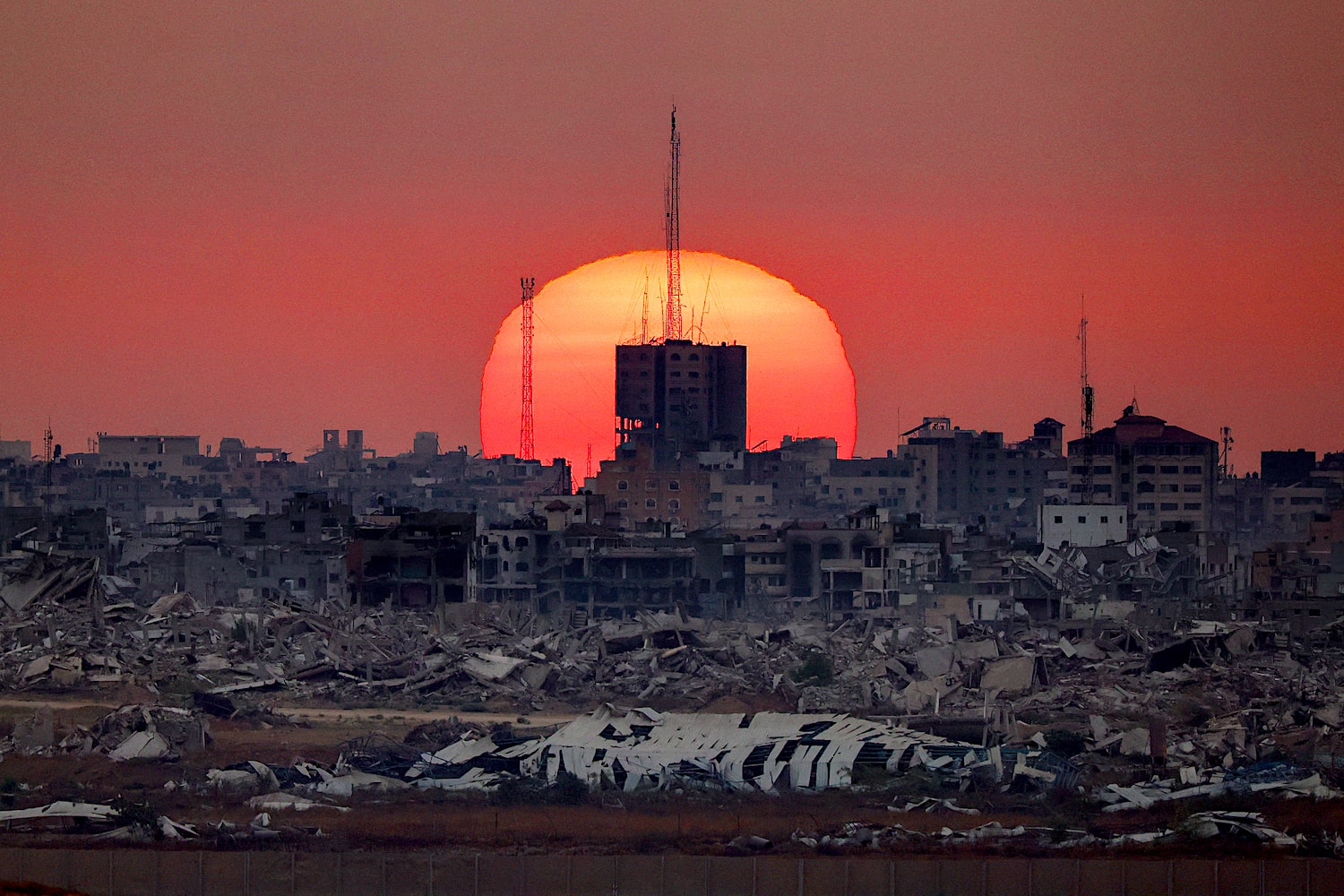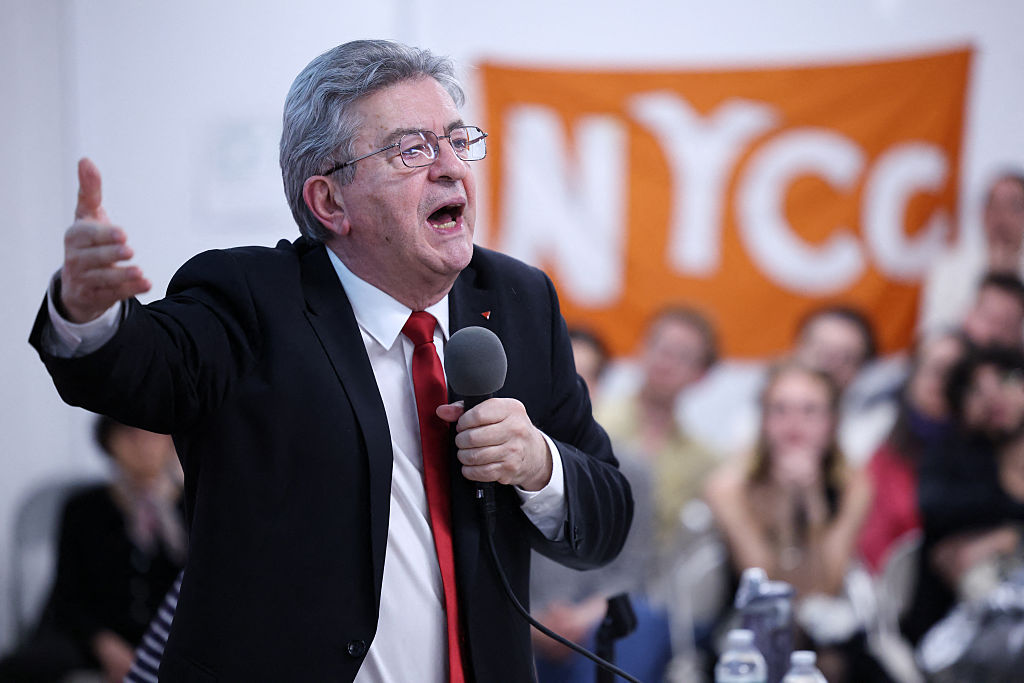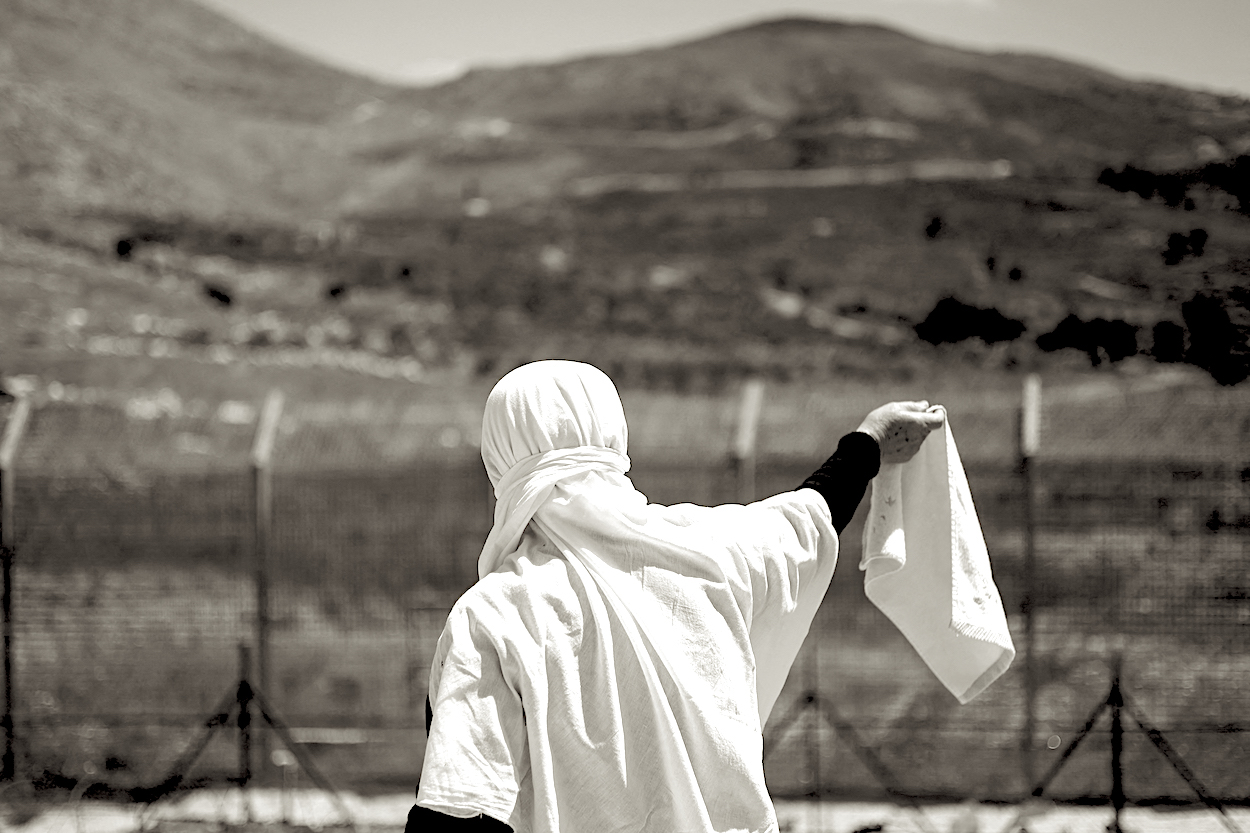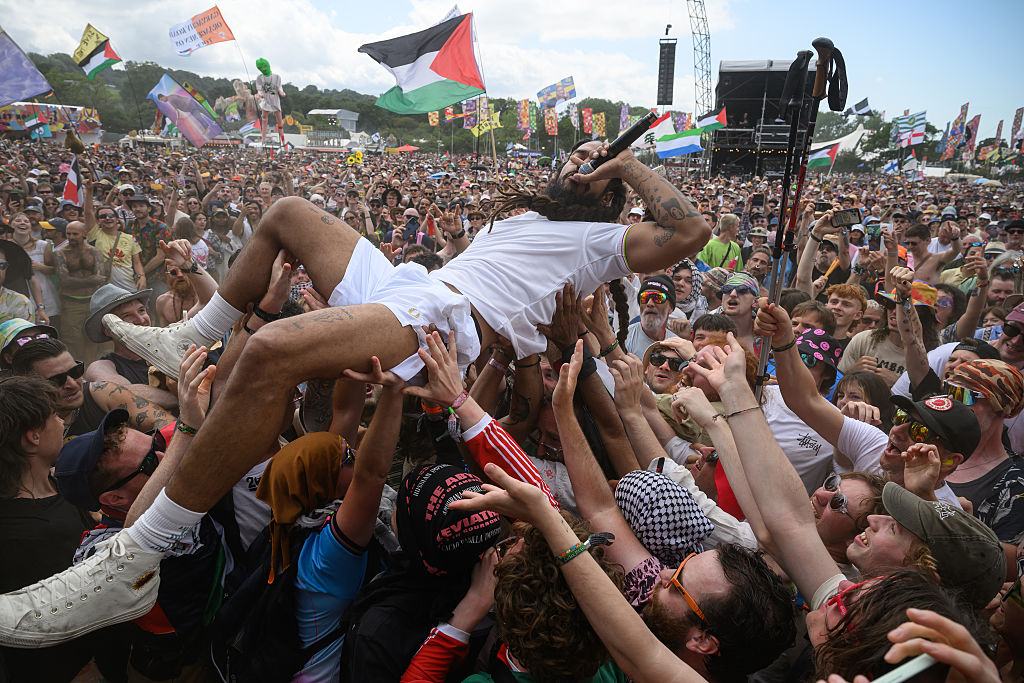Someday, we’ll count them like fallen soldiers: the online platforms that began by promising to be different, an escape from the grind of endless internet flame wars, and ended up like all the others, captured by memeified outrage.
The trajectory is always the same. Tumblr, originally a home for cheeky fanblogs with titles like ‘fuckyeahsharks!’, was overtaken in a few short years by the ‘Your Fave Is Problematic’ brand of outrage archaeology. Facebook started as a place to collect your photos, share updates about your lunch and platonically ‘poke’ your friends, only to devolve into a wasteland abandoned by virtually everyone except a bunch of angry boomers battling over whether or not Hillary Clinton does, in fact, eat babies. Twitter…well, OK, Twitter has kind of always been like that — but there were moments, back in the days of the 140-character limit and no retweet button, when the platform was equal parts citizen journalists breaking news and charming stories about escaped zoo animals on the lam. And then it changed. It always changes.
Which brings us to Instagram, the social media platform that was once proffered as an antidote to online toxicity. We’d heard that before, of course, but in this case, it seemed like it might actually work. An attractively-filtered picture was worth a thousand words, but not liable to start an argument by itself. Influencers, who were there to appeal (and sell sponsored content) to the widest possible audience, cultivated a stance of careful and total political neutrality. Instagram was aesthetic; it was about latte art, and flowers, and adorable daily photos of dogs who were famous for being famous. No angry comments, no intra-influencer beef, no pressure.
It was nice while it lasted.
But it was never going to last. The arc of social media bends toward outrage; the spaces we construct to escape from politics will always look like targets to the perpetually indignant in search of a new place to roost. This became especially true in the wake of the 2016 election, as a sharply divided country adopted a with-us-or-against-us political mentality. That someone might choose not to choose a side became intolerable. We are at war — and it consumes us.
The tipping point came in summer 2020, when the Instadiscourse was captured by the sudden, urgent need to dismantle white supremacy, defund the police and commit to anti-racism the way we used to commit to juice cleanses. Girlbosses were toppling, a reckoning was afoot, and participation was mandatory; silence, of course, was violence. But the platform itself was still designed with aesthetic in mind, creating a conundrum. Hashtagging was not enough, and then, sometimes, too much: we all remember the black square debacle, where the pressure to post in solidarity backfired, turning a hashtag that was supposed to be ground zero for Black Lives Matter organizing into a sea of black squares. What was a person on the right side of history to do?
The answer came in the form of one of the ‘Stories’ feature, a Snapchat ripoff that allowed for more casual posting plus rapid in-app sharing of viral content (with no need to open a separate reposting app). Now you could slot your support for a bail fund next to an animated GIF about white privilege next to a picture of your cat next to a video of yourself screaming in your car, a non-sequitur PowerPoint presentation from Hell whose only purpose was to announce to the world that you were On The Right Side. You were ‘doing the work’ — and fortunately, the work was easy: you could repurpose your friends’ memes in two taps, changing the background color or adding a sticker to make it your own. You could grab a screenshot from Twitter and give it a whole new Insta-life with nothing but a dancing arrow and a caption that reads, THIS. You could offer the appearance of constant vigilance without ever looking up from the screen — and create the illusion that these complex issues were reducible to cutesy infographics and simple sloganeering.
But if this was a troubling development in our national discourse, it is even worse in foreign affairs. The story wars have moved on to a new topic, one that is difficult, fraught, and still unfolding in treacherous and terrible ways that defy memeification — or should. And yet, here we are: the cutesy infographic about the Israel-Palestine conflict is now a thing that exists.
‘A thing I notice,’ wrote New York Times reporter Jane Coaston on Twitter this week, ‘is that someone will tweet or share something that starts with “this isn’t complicated” or “x is actually very simple” and that’s how I know whatever the tweet is is going to be dumb.’ If this is true on Twitter (and it is), it is even more true on Instagram, where millennials and zoomers who have never thought deeply about this complicated issue, who couldn’t identify the relevant countries on a map, recycle each other’s memes into massive plotless ‘Stories’ where the only common theme is a palpable desperation to be seen weighing in. Do they know how the conflict began, or when? Do they know the respective positions, now and in the past, of the major players? They do not; they only know that they have to post, in the same way that people once had to have whatever piece of branded merchandise that advertised their commitment to the new, the hot, the now.
This isn’t just about what happens online; it’s about the treatment of every issue, including thorny international conflicts and humanitarian crises, like team sports, complete with slogans and stickers and merchandise to advertise which side you’re on. It’s not just that the personal is political; it’s that political identity has replaced personality. Who you voted for is who you are — and if you’re not participating in the discourse of the day, you might as well not exist. Posting is everything — and in this world, being seen is more important than being accurate. Being righteous is more important than being correct.
As digital natives, millennials like to imagine that we, unlike our clueless boomer parents, are gifted with finely-tuned bullshit detectors when it comes to what we share online. We chuckle over Pizzagate and QAnon, because can you imagine? A millennial would never. And yet, as much as we chide those big dumb boomers for sharing unverified nonsense on their preferred platform, who among us bothers to check that the ‘Stories’ we’re telling on Instagram aren’t just our very own brand of Fake News? We don’t consider the source. We don’t dig into the data. We don’t question ‘the Narrative’. And if, a day later, it occurs to you that perhaps there was more to the story than what you shared online? The Stories evaporate in 24 hours, leaving behind nothing but the sense of self-satisfaction that comes from having participated. Maybe you helped to spread a lie, or maybe you didn’t. It’s not your fault. It’s not your problem. It’s already gone.

























